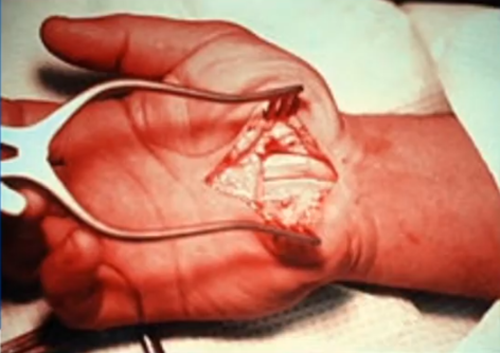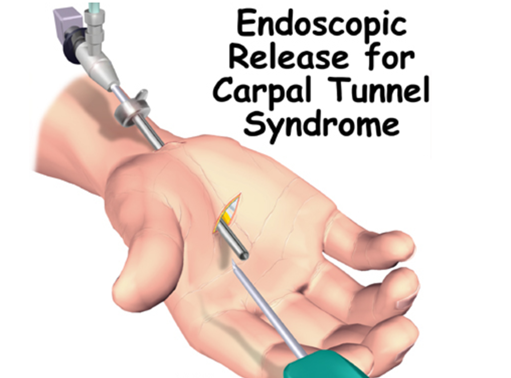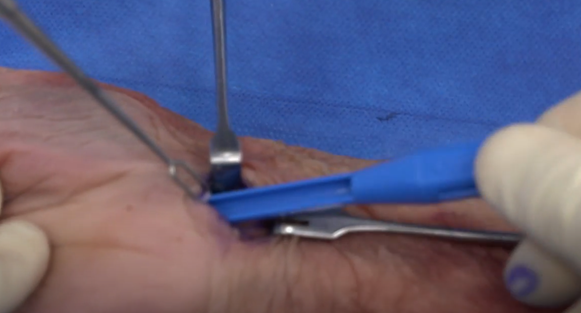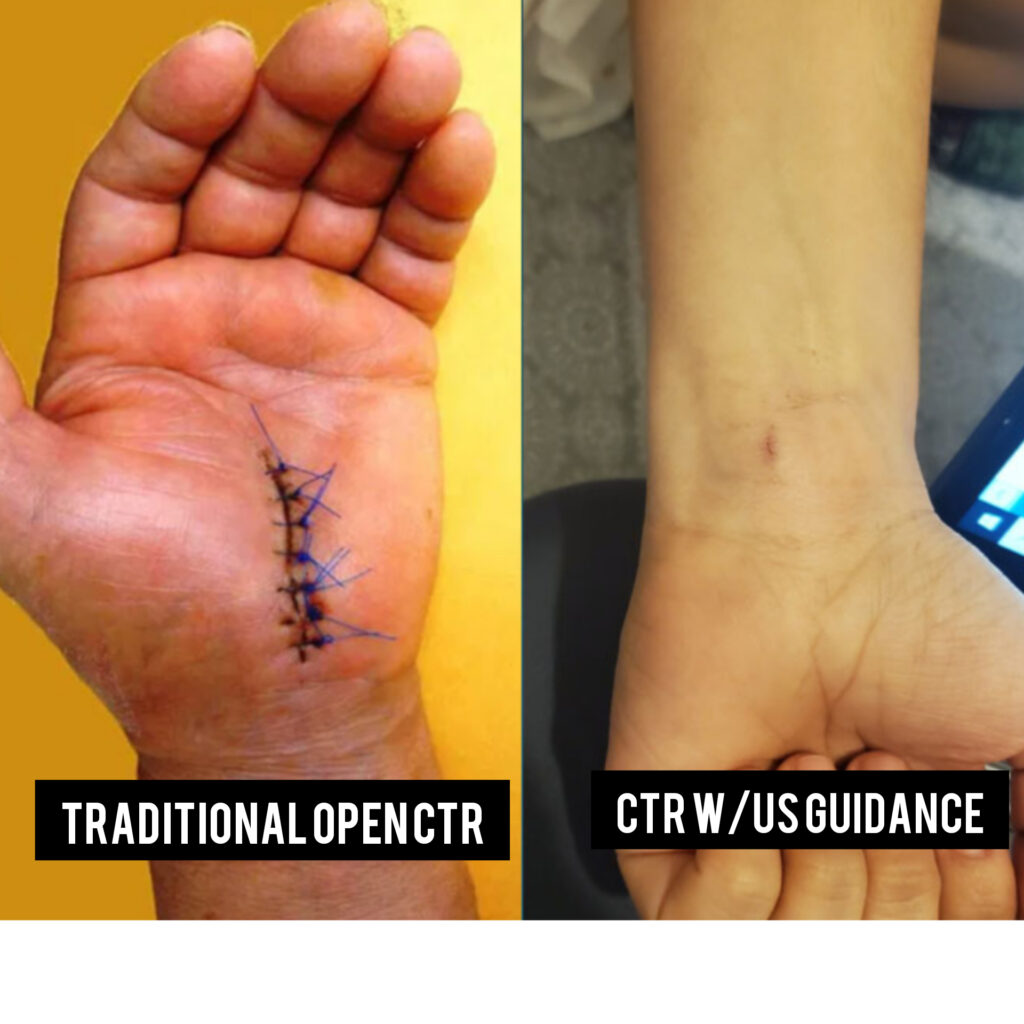Carpal Tunnel Syndrome (CTS) currently affects more than 12 million people nationwide and will affect 10% of the population at some point in their lives. CTS is a common problem resulting in numbness, tingling, pain, and weakness in the fingers of the hand or palm.
Often these symptoms are worse while sleeping or with repetitive activities. CTS is caused by damage to the median nerve, one of the major nerves in the arm, as it travels through the carpal tunnel. This nerve is usually compressed by the transcarpal ligament or flexor tendons in this area of the wrist.
Roughly half of the people currently diagnosed with CTS have been recommended surgery. This is because advanced CTS can lead to permanent deficits in strength if left untreated. In fact, a recent review of high-level evidence suggests that there is more evidence for carpal tunnel surgery than any other orthopedic surgery.
There are 3 basic approaches to accomplish a carpal tunnel release. The first and most common is the “mini-open” approach.
In traditional “mini-open” Carpal tunnel release surgery, an incision is made on the palm of your hand and the tissue is dissected until the transverse carpal tunnel ligament is visualized and cut. Afterward, the subcutaneous tissues and skin are sewn back together. Once the procedure is over, the wrist is typically immobilized for several months while the area recovers, typically for 8 to 12 weeks.

There is also an “Endoscopic” surgical option which usually involves making two incision sites so that a small camera can fit in the wrist and allow a blade to cut through the transverse carpal ligament. This is also performed in a hospital or surgical center under general anesthesia and recovery is typically around 6 weeks.


And lastly, there is carpal tunnel release using ultrasound guidance that can be performed in an office setting without general anesthesia. This is performed with a less disruptive technique that allows for cutting only the transverse carpal ligament and not the surrounding tissues.
When combined with ultrasound visualization, the procedure requires only a small wrist incision. Consequently, patients are able to recover much faster after carpal tunnel release under ultrasound guidance compared to the more traditional approach. Patients can typically return to normal activities in 3-6 days.




